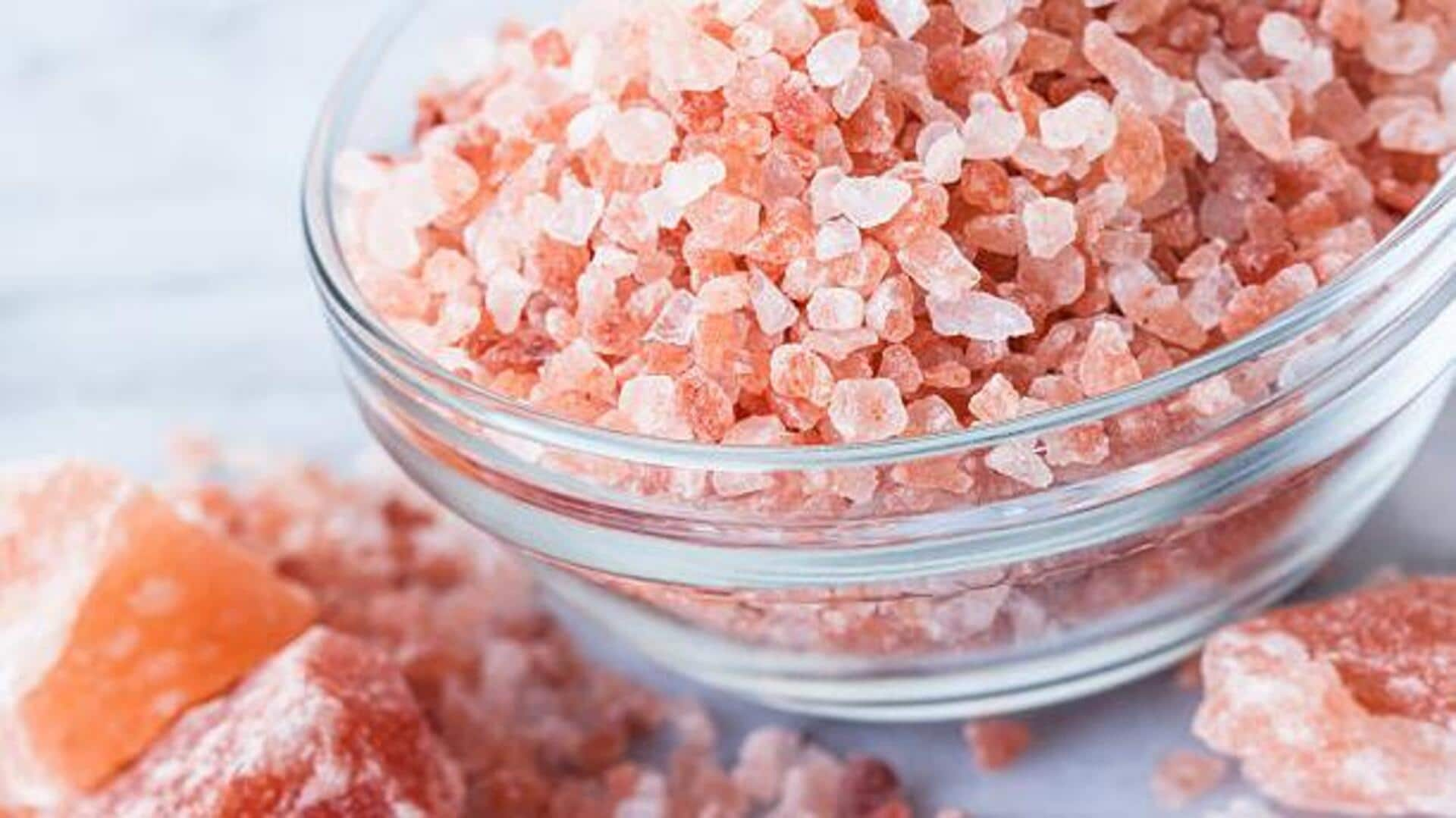
Cooking with rock salt: Benefits and tips
What's the story
Rock salt, a natural mineral, is finding its way into kitchens as a new favorite, and for good reasons. Less processed than table salt, it also retains essential minerals like magnesium and calcium. This not only flavors the dishes but also gives a healthier option. Its coarse texture makes the dish taste better and also look good, making it the go-to for cooking enthusiasts.
Tip 1
Enhancing flavor profiles
Rock salt's coarse grains also dissolve slower than fine table salt, letting the flavors develop gradually while cooking. This slow release amplifies the depth of flavor in soups, stews, and sauces. Using rock salt instead of regular salt can help you get a more balanced taste profile that highlights the natural flavors of your ingredients without overpowering them.
Tip 2
Preserving with rock salt
Traditionally used for preserving food, thanks to its moisture-absorbing properties, rock salt is still an effective preservative. It helps prolong the shelf life of your homemade pickles and preserves by drawing out moisture from fruits and vegetables while keeping the crispness intact. This way, not only does food stay fresh longer, but also the flavors intensify over time.
Tip 3
Baking with rock salt
In baking, rock salt can serve as a bed for baking bread or pastries. The heat retention properties of rock salt ensures an even baking environment. This gives perfectly crusty exteriors while the inside remains soft and moist. Using rock salt as a base also prevents sticking without adding extra fat or oil.
Tip 4
Decorative uses in cooking
Apart from enhancing flavors, rock salt also has decorative purposes when it comes to food. Its big crystals look beautiful when sprinkled over food immediately before serving. They also act as a bed to serve refrigerated items like salads or desserts on ice beds of crushed rock salts. This brings an aesthetic element and subtle seasoning all at the same time.